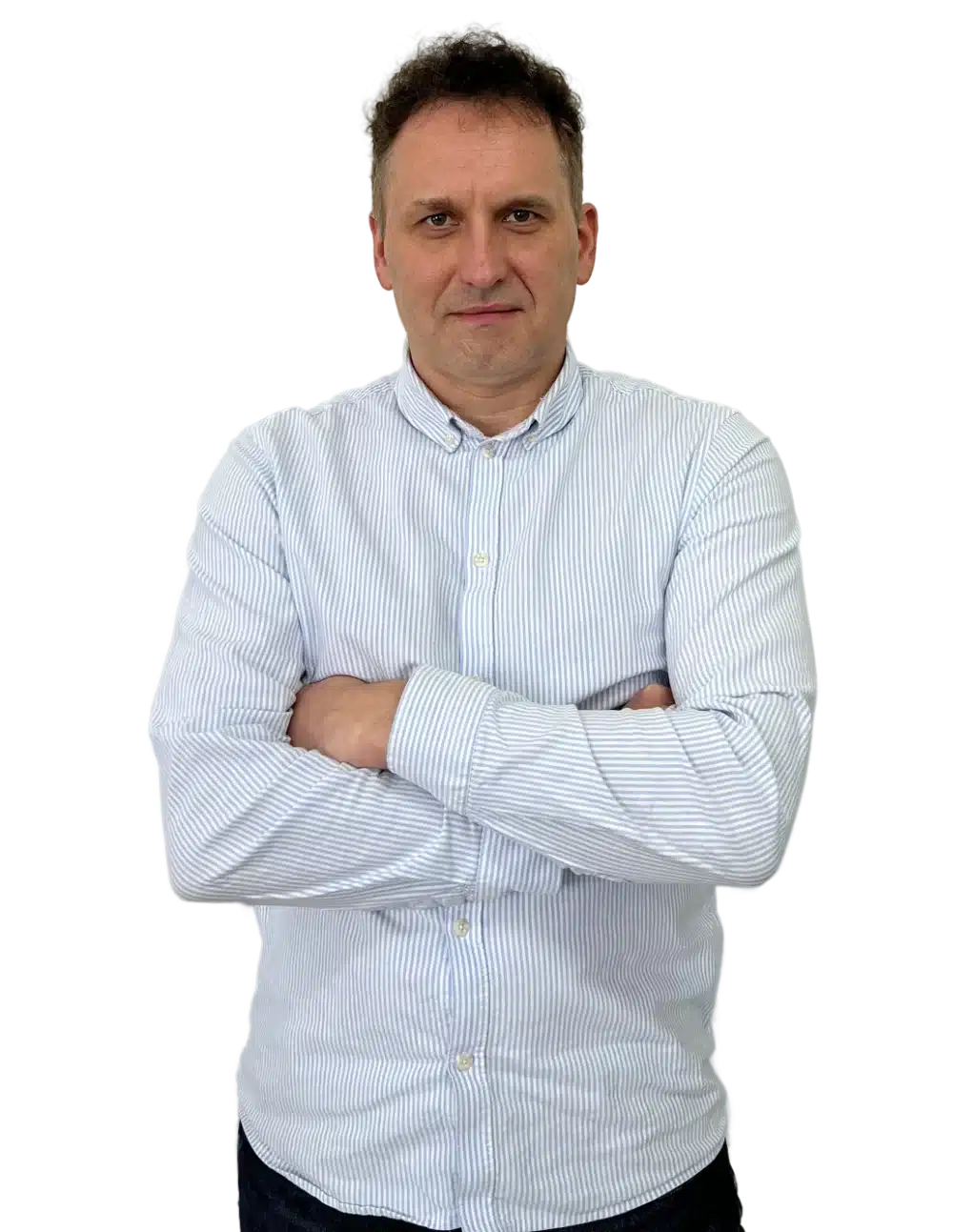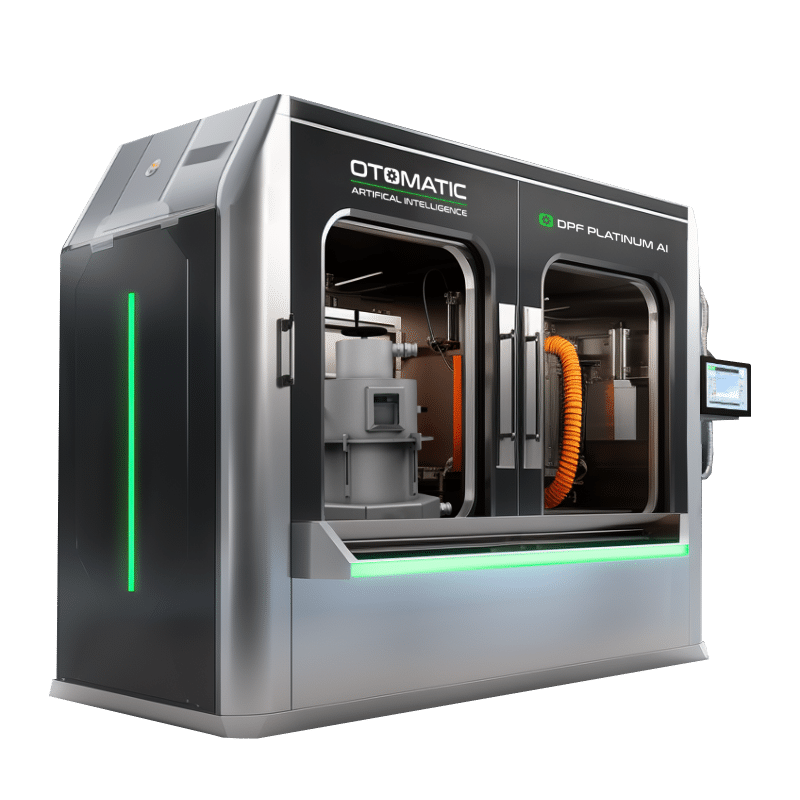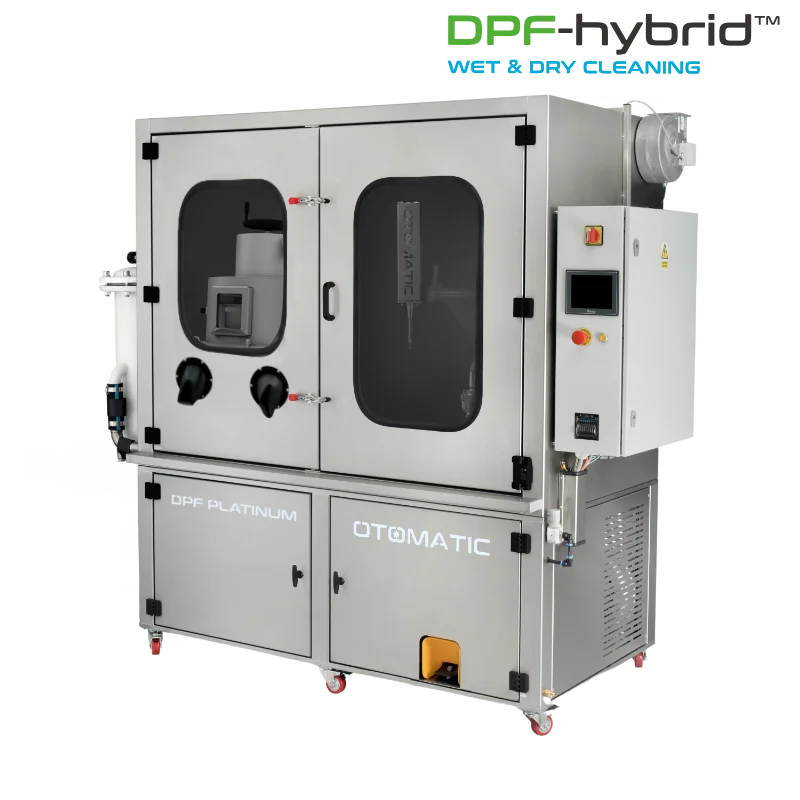Preparing DPF service workshop for Euro 7 – the future of filter cleaning
New challenges are coming
Euro 7 is no longer an abstraction – it is a standard that will come into force for new vehicles in the middle of the decade. Light vehicles (M1/N1) will be covered by the new types from November 29, 2026, and all new registrations from November 29, 2027. Heavy vehicles (M2/M3/N2/N3) – new types from May 29, 2028, all new registrations from May 29, 2029 (EUR-Lex).
Although emission limits for M1/N1 remain at Euro 6 levels, the new requirements cover PN10 particles, an extended RDE range, and emissions from brakes and tires. For heavy-duty vehicles, lower NOx and PM limits, new NH3 and N2O emissions, and harmonized test cycles are being introduced. Emission durability has been extended to 200,000 km or 10 years for light-duty vehicles, placing greater demands on each DPF service.
Why DPF service must evolve
Traditional DPF cleaning processes often leave behind fine deposits after water rinsing, which can increase Δp and shorten the filter's compliance period. Euro 7 changes the perspective: repeatability and accuracy of cleaning become crucial.
DPF-Hybrid™ is the answer to these challenges. The three-stage process – pneumatic pre-cleaning, hydrodynamic rinsing, and pulse drying (thermal cleaning) – minimizes residues and protects the filter structure. It is not just about hydrodynamics, but about controlling every step that affects Δp stability and the service life of the ceramic monolith.
Automation for repeatability
AI SmartClean™ comes to the rescue, optimizing cycle parameters such as flow, pressure, and cycle length, adjusting them to the type and degree of filter contamination. This makes the process repeatable, safe for delicate monoliths, and easy to document. In the future, when Euro 7 vehicles arrive at service centers, process consistency will be key to ensuring compliance and customer satisfaction.
Practical preparation of the workshop's DPF
- To ensure that your DPF service is ready for Euro 7, it is worth implementing six basic measures:
- Accurate documentation – Δp measurement, photos, PDF report for the customer.
- Cycle standardization – pre-cleaning → rinsing → pulse drying.
- Repeatability – AI SmartClean™, minimization of operator errors.
- Monolith protection – control of process parameters to prevent residue formation.
- Safe waste handling – chemicals and filtration in accordance with applicable regulations.
- Team training – regular analysis of results, parameter logs, and complaint rates.
Summary
Euro 7 presents DPF services with new requirements that go beyond just new standards. It’s about process repeatability, protection of delicate filters, and complete documentation. With DPF-Hybrid™ and AI SmartClean™, workshops can prepare for the future today – offering customers the assurance that their filters will comply with upcoming regulations.

About the author
Christopher Smolec - CEO of OTOMATIC
Expert in business development and customer relationship building. Since 2018, he has been actively involved in promoting and updating machines and methods for cleaning diesel particulate filters, often known by the acronyms: DPF, FAP, GPF.









